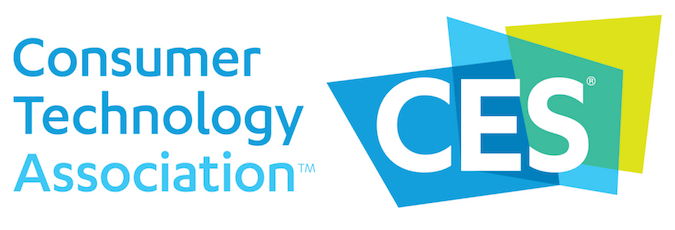The global annual techfest CES 2019, ushered in visions of the future in Las Vegas in January with over 4500 exhibiting companies and their wares. The big headline trends shaping the design and consumption of technology included the ever pervasive AI and in its integration into everything, robotics and machine learning and the push towards the ubiquitous cloud.
The push towards innovation in digital health and advances in screen consumption were a core commercial focus among the more esoteric flying cars holographic assistants.
From LG, the market witnessed the launch of the roll-up TV screen, featuring a 65 inch OLED TV screen and 4K resolution. The roll-up innovation allows you to partially roll down the screen to shape your viewing experience.
In other integration news at CES, Samsung announced that it would be integrating iTunes into its TVs and swept the market with the launch of the MicroLED 75 inch 4K TV.
As the next iteration of OLED displays, the new MicroLED offers enhanced brightness and a spectacularly wide HDR colour palette.
The rise of 8K TV sets continued at CES, yet penetration has yet to make much headway in Australia, due to the current limitations of maximum broadcast quality for free-to-air television, which is HD 1920 x 1080 pixels. By comparison, 4K is 3840 x 2160 pixels and 8K is 7680 x 4320 pixels so the quality of the image will be ironically much lower quality. While Foxtel has jumped into the 4K frame with its sports channel, Australia remains in next generation screen limbo until broadcasters change their spectrum use requirements.
But as the Australian broadcasting sector knows, free the air TV is increasingly not what Australians are screening on their big screens. Increasingly the screen or multiple household screens are merely a conduit for viewing VOD, IPTV and other streamed content. According to Oztam in 2017, a normal Australian home had 6.6 screens. The growth of IP connected TVs continues to grow in Australia, with 42% of households owning one in 2017.
IPTV and VOD services allow the delivery of higher image quality whatever the FTA broadcasting regime is and Australia continues to grow on these platforms, despite continuing bandwidth issues which may soon be shifting due to 5G and more pervasive NBN deployment.
Meanwhile, on the mobile bandwidth front, the advent of 5G promises to accelerate online access and content downloads at least 10 times faster than 4G. U.S giants, Verizon, Sprint and AT&T are launching 5G smartphones this year despite networks not being ready till 2020. At CES, Verizon showcased 5G for augmented reality across health applications such as in surgeries to help with precision.
Meanwhile, 5G is coming to Australia faster than the U.S, announcing at CES that it would be deploying 5G enabled smartphones in the first half of 2019 with over 200 Telstra 5G mobile base stations currently online across Australia.


